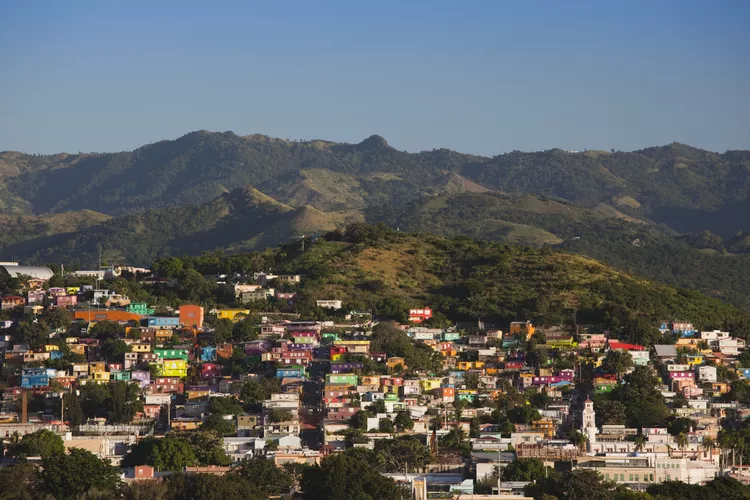Summary
History of Puerto Rican Coffee
It may not be as famous as its Colombian counterpart, but Puerto Rico has a long-standing association with high-quality coffee. The rich volcanic soil, altitude, and climate of Puerto Rico’s interior provide the perfect conditions for growing coffee plants.
The coffee bean arrived on the island in the 1700s during Spanish colonial rule and was initially consumed locally. However, it wasn’t until the late 1800s that coffee became Puerto Rico’s principal export. The city of Yauco, nestled in the mountains, is renowned for its coffee and is affectionately known as El Pueblo del Café, or “The City of Coffee.”
Despite this heritage, the current top exports of Puerto Rico do not include coffee, primarily due to high production costs and political challenges. Nevertheless, brands like Café Yauco Selecto and Alto Grande are among the island’s premier blends, with Alto Grande recognized as “super premium,” signifying it as one of the highest quality coffees available worldwide.
Puerto Rican coffee has also played a role in shaping the agrarian mountain folk, known as the Jíbaros. These country folk worked the coffee plantations owned by wealthy landowners. Unfortunately, their socio-economic status was little better than that of indentured servants. Largely uneducated, their most lasting legacy comes through music, as they maintained their spirits by singing songs that remain popular in Puerto Rico today.
How Puerto Rican Coffee Is Served
Generally, there are a few popular ways to enjoy Puerto Rican coffee: espresso, Cortadito, and café con leche, although café Americano is a less common option.
- Espresso: This is prepared in an espresso machine and is typically served black. Locally, it is referred to as pocillo, named after the small cups used for serving.
- Cortadito: Similar to a cortado, this espresso-based drink features an added layer of steamed milk, making it a familiar choice for fans of Cuban coffee.
- Café con Leche: Comparable to a traditional latté, this variant usually includes a generous pour of milk served in a large cup. Many Puerto Rican recipes incorporate a blend of whole milk and half-and-half, gently cooked in a skillet, although local variations exist.
How to Visit a Coffee Plantation
Several tour companies offer engaging trips to coffee plantations, allowing visitors to explore the captivating landscapes of Puerto Rico’s interior. Popular options include Acampa, Countryside Tours, and Legends of Puerto Rico, all of which provide coffee-themed day trips.
If you’re feeling adventurous and prefer to explore independently, consider visiting the following plantations, which welcome guests—just be sure to call ahead: Café Bello in Adjuntas, Café Hacienda San Pedro in Jayuya, Café Lareño in Lares, Hacienda Ana in Jayuya, Hacienda Buena Vista in Ponce, Hacienda Palma Escrita, La Casona in Las Marías, and Hacienda Patricia in Ponce.
It’s important to pace yourself when visiting multiple plantations, as fresh Puerto Rican coffee can be quite strong in caffeine content. Therefore, it is advisable not to consume more than four cups of this robust blend in one day.





